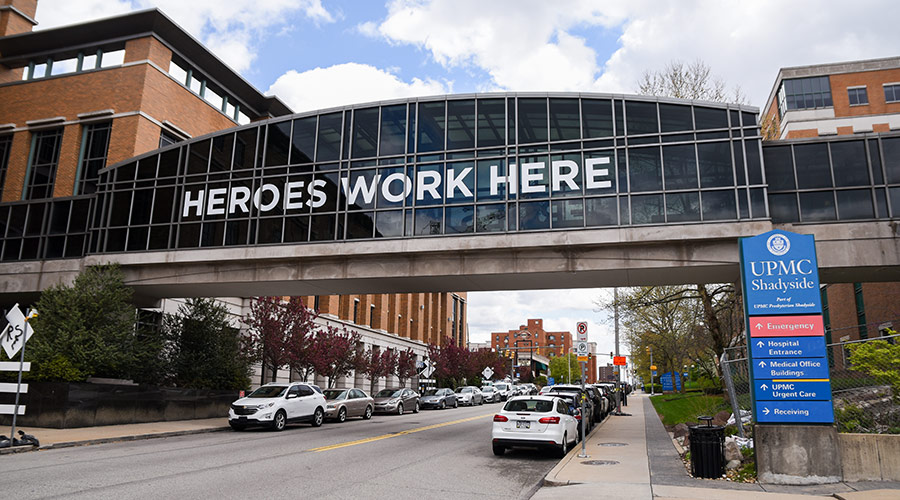The COVID-19 pandemic has upended the operations and activities of every type of facility, and no facilities have been affected more than healthcare organizations. These facilities have remained in operation throughout the pandemic and have adapted on the fly to meet the healthcare needs of patients despite a heavy strain on resources.
And while doctors, nurses and other essential healthcare workers have earned much-deserved praise for their front-line efforts, Edward Dudek, vice president of facilities engineering with the University of Pittsburgh Medical Center (UPMC) Health System, is quick to point out another key group of essential workers in his facilities.
"Our staff are healthcare workers first, maintenance workers second," Dudek says. "They are as critical as any other member of the healthcare family, and they are no less critical to providing the best possible care to our patients and to our staff."
Since March, the skills, experience and resourcefulness of Dudek and his staff have been put to the test upgrading, remodeling and otherwise adapting UPMC's facilities to meet the evolving needs of patients and, just as importantly, to provide safe and healthy environments for staff and visitors.
Setting The Stage
In assessing the readiness of UPMC's 42 hospitals across Pennsylvania, New York and Maryland for the pandemic's impact, Dudek realized that UPMC had a strong head start. The organization has been able to rely on a strong roster of internal resources including a Facilities Engineering Council that had been preparing UPMC's facilities for emergencies.





